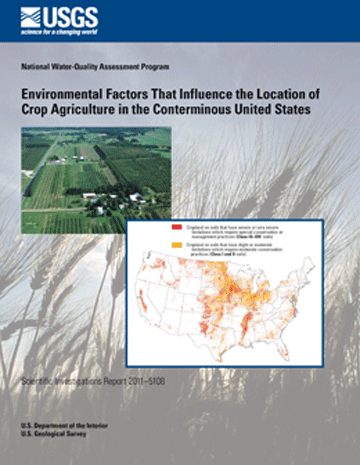Lifting weights? Your fat cells
Intriguingly, some experiments indicate that aerobic exercise prompts muscles to release such vesicles, conveying a variety of messages. But few studies had looked into whether resistance exercise might also result in vesicle formation and inter-tissue chatter.
The results add to mounting scientific evidence that resistance exercise has unique benefits for fat loss. They also underscore how extensive and interconnected the internal effects of exercise can be.
Many of us pigeonhole resistance training as muscle building, and with good reason. Lifting weights — or working against our body weight as we bob through push-ups, squats or chair dips — will noticeably boost our muscles’ size and strength. But a growing number of studies suggest weight training also reshapes our metabolisms and waistlines. In recent experiments, weight workouts goosed energy expenditure and fat burning for at least 24 hours afterward in young women, overweight men and athletes. Likewise, in a study I covered earlier this month, people who occasionally lifted weights were far less likely to become obese than those who never lifted.
But how weight training revamps body fat remains murky. Part of the effect occurs because muscle is metabolically active and burns calories, so adding muscle mass by lifting should increase energy expenditure and resting metabolic rates. After six months of heavy lifting, for example, muscles will burn more calories just because they are larger. But that doesn’t fully explain the effect, because adding muscle mass requires time and repetition, while some of the metabolic effects of weight training on fat stores seem to occur immediately after exercise.
Perhaps, then, something happens at a molecular level right after resistance workouts that targets fat cells, a hypothesis that a group of scientists at the University of Kentucky in Lexington, the University of Nebraska-Lincoln and other institutions recently decided to investigate. The researchers had been studying muscle health for years, but had grown increasingly interested in other tissues, especially fat. Maybe, they speculated, muscles and fat chatted together amiably after a workout.In the past decade, the idea that cells and tissues communicate across the expanse of our bodies has become widely accepted, though the complexity of the interactions remains boggling. Sophisticated experiments show that muscles, for instance, release a cascade of hormones and other proteins after exercise that enter the bloodstream, course along to various organs and trigger biochemical reactions there, in a process known as cellular crosstalk.
Our tissues also may pump out tiny bubbles, known as vesicles, during crosstalk. Once considered microscopic trash bags, stuffed with cellular debris, vesicles now are known to contain active, healthy genetic material and other substances. Released into the bloodstream, they relay this biological matter from one tissue to another, like minuscule messages in bottles.Intriguingly, some experiments indicate that aerobic exercise prompts muscles to release such vesicles, conveying a variety of messages. But few studies had looked into whether resistance exercise might also result in vesicle formation and inter-tissue chatter.


Comments